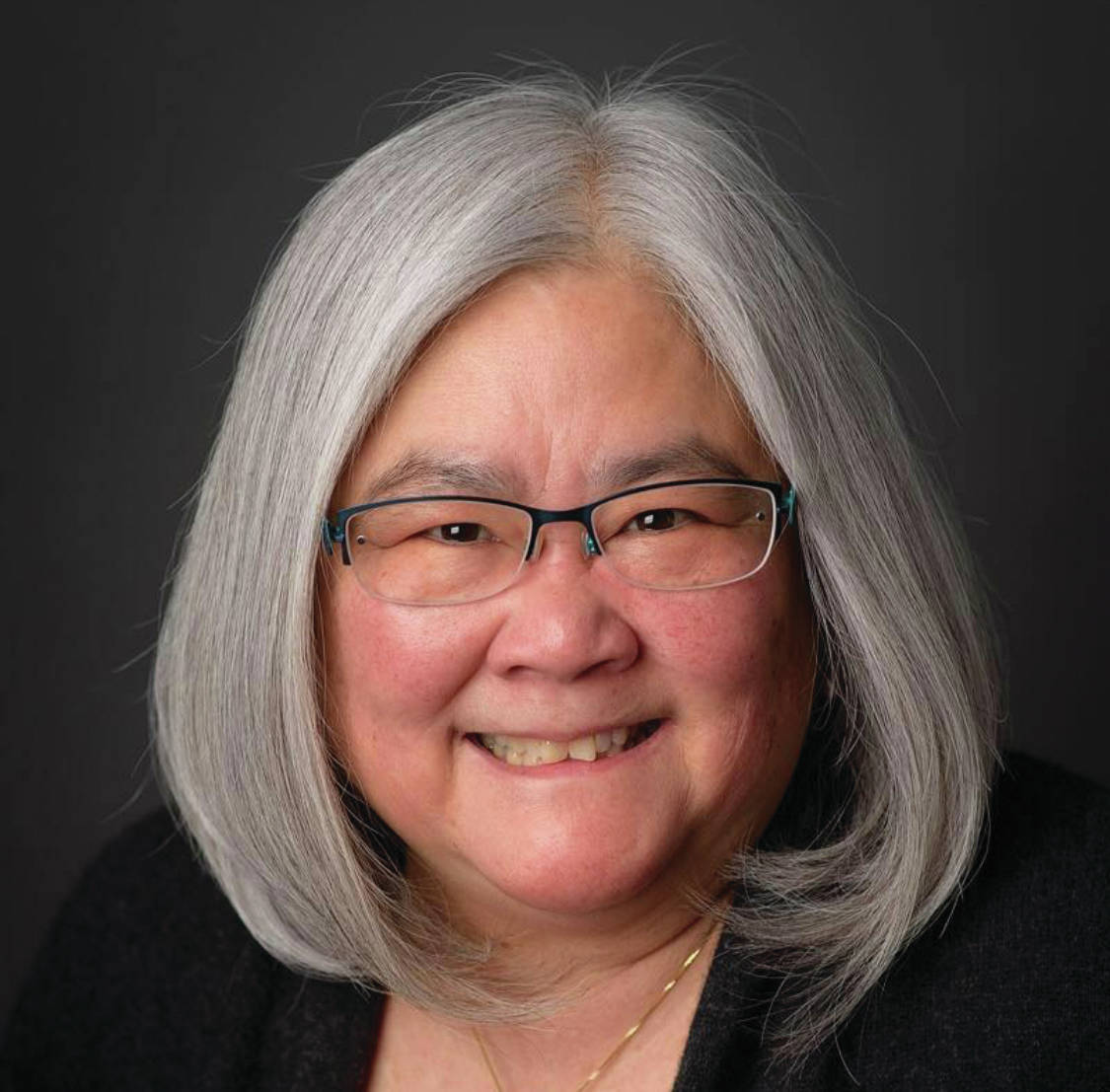COVID-19 harms children in seen and unseen ways
In this historic pandemic challenge, pediatricians were initially encouraged by the fact that children, as a group, do not seem to get as sick with SARS-CoV-2 infection as adults. Of course, individual children can get quite ill. Some have died and we are now learning that children with COVID-19 may in rare cases develop an inflammatory syndrome similar to Kawasaki disease.
With more data, we are now understanding that the disease’s effects can be severe for some people in all age groups, including children. We should not underestimate COVID-19 and we should also recognize less visible ways this pandemic puts children at risk.
For one, children are falling behind in their immunization schedules. There has been an alarming decrease in all routine health care due to COVID-19, including routine vaccinations. Vaccine orders decreased dramatically from January to April with only about half of children under 2 years of age receiving their immunizations, according to a recent study from the Centers for Disease Control and Prevention. Preliminary data from VacTrAK (Alaska’s Immunization Information System) similarly shows a 50% decrease in all doses administered in April 2020 compared to April 2019.
It would be an unspeakable tragedy if our struggles with COVID-19, for which there is not yet a vaccine or good treatment, led to an outbreak of a vaccine-preventable disease in Alaska. Before vaccines were available, infections like diphtheria, smallpox, whooping cough and measles took a considerable toll on human life. Vaccines allow us to achieve “herd immunity” humanely, granting immunity to a percentage of a population without suffering from disease. Our decreased immunization rates threatens this protected state for a host of vaccine-preventable diseases.
Vaccinations must be given in person, which is why many children have missed them. Please know that pediatricians’ offices in Alaska have remained open. Doctors have adjusted their processes to minimize risk of exposure so children can be seen in ways that keep them safe. Some now have separate entry sites for sick and well patients. Some only see well patients in the mornings and ill children in the afternoons. Some practices have designated a few doctors and staff to only take care of well visits and immunizations, while different ones care for children with symptoms. Some pediatricians will come out to your car to provide care to maintain safe social distancing. Masks are commonly used and protect both doctors and patients. However, do not put a mask on children under 2 years of age. They are not safe for young children due to suffocation concerns, nor are they effective as young children cannot wear them effectively without touching their face.
Not delaying vaccines is especially important and can be life-saving for young children. If you have delayed immunizations due to COVID-19, now is the time to catch up and get back on schedule. Call your health care provider today to determine how best to do that practically and safely, or if you have questions or concerns.
A second risk to children in the pandemic is the increased risk for maltreatment as well as mental health concerns for families and children. Lives have been turned upside down by COVID-19. Parents may be stressed by new financial challenges or the loss of employment. Moms and dads are learning to home-school and are solely responsible for childcare around the clock without their usual social supports. Children are facing the loss of their usual structure and boundaries and are missing one of the most important protective factors—social connection. School and other organized activities are cancelled. They are also inevitably aware of their parents’ stress.
Children also now have limited or no contact with the people who usually pick up on clues to maltreatment: teachers, counselors, doctors, home visitors. When school lets out for the summer, Alaska usually sees about a 21% decrease in reports of child maltreatment. During disasters, we see a similar decrease in reporting while hospital admissions for severe physical abuse and domestic violence go up. Since the start of the pandemic, the Alaska Department of Health and Social Services Office of Children’s Services has seen a striking 39% decrease in child abuse reports—almost double the typical summertime decrease.
It is key that all of us pay attention to our friends and families with children. Social distancing should not equal social isolation. Check in regularly by phone, video conference or by knocking on someone’s door while keeping six feet away. Ask how parents are feeling. Check on an infant’s weight pattern. Inquire about behavior changes in children, which may signal stress or abuse. Chat with the children alone periodically if you can. To report child abuse, call the Child Abuse Hotline: 1-800-478-4444 and visit www.reportchildabuse.alaska.gov.
Yes, children can get COVID-19, but the pandemic risks to them extend beyond what the virus can do directly. Please keep children immunized, pay attention to maltreatment risk and do not mask children under two years old. Despite COVID-19, children are still our future—let’s work together to assure theirs is bright. For more information visit HealthyChildren.org or the DHSS Child and Family Well-Being webpage.
Dr. Lily Lou, M.D., is a physician and board certified in pediatrics and neonatology.


